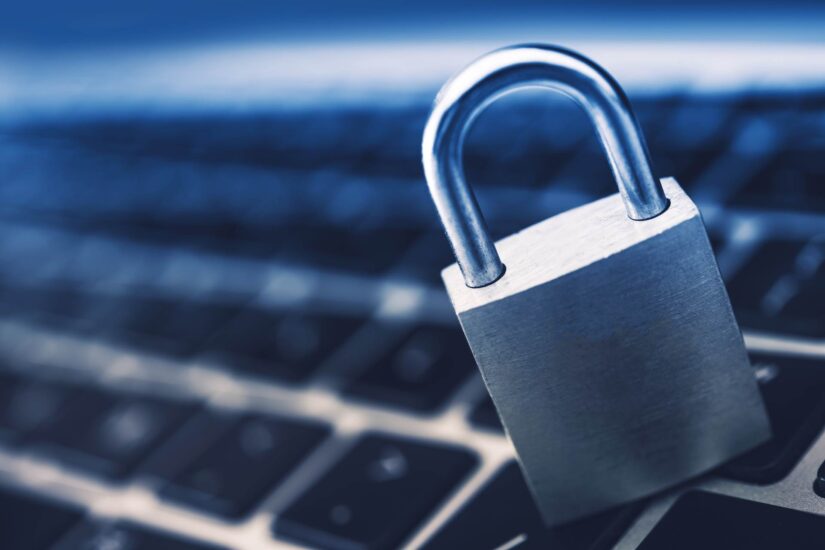Data Security Australia is an important topic in the digital world today. As businesses and individuals increasingly rely on technology to store and manage information, it’s essential to ensure that data remains secure from malicious attacks.
Data Security Australia involves using a variety of methods such as encryption, authentication, access control, and data backup systems to protect sensitive data from unauthorized access.
This article will cover the basics of data security, including different types of threats and how to protect you from them.
We’ll also discuss some of the latest trends in data security and how you can keep your information secure. By understanding these topics, you can make sure that your data is always safe and secure.
Data Security Australia – Threats
Data Security Australia threats come in many forms, both online and offline. These include malware attacks, phishing scams, identity theft, ransom ware attacks, Denial-of-Service (DoS) attacks, malicious insiders, and physical theft or destruction of hardware or media containing sensitive data.
Each type of attack has a different purpose but all are designed to steal confidential information or disrupt the availability of a system or service.
Malware attacks, such as computer viruses and Trojans, are designed to infect your computer and gain access to sensitive data.
Phishing scams involve sending fake emails that look legitimate to get users to provide confidential information or click on malicious links. Data Security Australia is part of our core services at Data Uptime.
Identity theft has become increasingly common as criminals use stolen identities to open new accounts or obtain credit cards.
Ransom ware attacks encrypt all files on a system, and then demand payment in exchange for unlocking them.
DoS attacks flood systems with requests to disrupt their normal operation. Finally, malicious insiders can steal confidential information or sabotage systems from within an organization through either physical access or the use of privileged credentials.
Data Security Australia – Protection
Data Security Australia protection is essential to protect sensitive information from these various threats. The best way to secure data is through a combination of encryption, authentication, access control, and data backup systems.
Encryption scrambles data so that only the intended recipient can read it. Authentication requires users to present credentials such as passwords or biometric data before they can access a system or service. Data Security Australia is what all businesses need today.
Access control limits who has access to which resources and what actions they are allowed to take. Finally, regular backups create copies of important data that can be used if the original files become corrupted or lost.
In addition to these technical measures, organizations should also have policies and procedures in place that outline how employees should handle data securely.
Employee training sessions and periodic security assessments can help to ensure that everyone is following data security best practices. Data Security Australia mechanisms are vital.
Finally, it’s important to stay up-to-date on the latest threats and trends in data security, as criminals are constantly adapting their techniques.
Best Practices
There are several best practices for Data Security Australia organizations should implement to ensure they have adequate data security.
These include regularly conducting security audits, keeping software up-to-date, limiting data access, using two-factor authentication, reducing the amount of data collected and stored and conducting security awareness training.
Regular Security Audits: Regular security audits allow an organization to evaluate how effective its current system is at protecting sensitive information.
This can be done internally or by a third party such as Data Uptime which specializes in cyber security services. Data Security Australia fits the bill for Data Uptime relative these services.
During these assessments, they will look for vulnerabilities in their network infrastructure and application layer that could allow malicious actors access to data. Once any vulnerability is identified, steps can be taken to remedy them before any damage is done.
Keeping Software Up to Date: Keeping software up-to-date is one of the most important steps any organization can take to ensure its data security.
Data Security Australia also includes older versions of software can contain known vulnerabilities that could be exploited by malicious actors, and staying up to date on patches helps protect against these threats.
It’s also important to keep operating systems and other third-party applications such as Adobe Reader or Java updated to the latest version.
Limiting Data Access: Limiting access to sensitive data is another essential step for organizations looking for greater data security.
This includes ensuring that only necessary personnel have access rights to certain information, such as customer credit card numbers or employee Social Security Numbers (SSNs).
Establishing a system of roles and permissions can help limit data access and prevent unauthorized users from gaining access.
Using Two-Factor Authentication: Two-factor authentication (2FA) adds an extra layer of security to user accounts by requiring a second form of identification in addition to the typical username and password.
This could include sending a code via text message or email that must be entered along with the correct credentials for access to be granted.
2FA helps protect against malicious actors who may have obtained a user’s login information through other means, such as malware or phishing attacks.
Reducing the Amount of Data Collected and Stored: Another best practice when it comes to data security is reducing the amount of data collected and stored.
Organizations should only collect and store what is necessary for their operations, and anything else should be securely discarded.
This can help minimize the amount of data that could potentially be compromised. It’s also important to ensure any data that is stored is encrypted to protect it from unauthorized access.
Conducting Security Awareness Training: Finally, organizations should also conduct regular security awareness training for their personnel.
This will equip them with the knowledge they need to make sure they are not unintentionally putting sensitive information at risk.
These sessions should focus on topics such as phishing attacks, malware threats, and how to properly handle confidential information.
By implementing these best practices, organizations can help protect themselves against malicious actors looking to exploit potential vulnerabilities in their systems and gain access to sensitive data.
Cloud Data Security in the form of Data Uptime can help organizations with data security assessments and other related services to ensure their information is safe from unauthorized access.
By following these best practices, organizations can protect themselves from malicious actors looking to exploit potential vulnerabilities in their systems and gain access to sensitive data.
Data Uptime is dedicated to providing businesses of all sizes with the knowledge and resources they need for Data Security Australia applications. Working together, they can ensure that everyone’s data remains safe and secure.
Conclusion
Data Security Australia is an increasingly important topic in today’s digital world. By understanding the various types of threats and how to protect yourself from them, you can make sure your data remains secure.
Utilizing a combination of encryption, authentication, access control, and backup systems is essential for keeping sensitive information safe from malicious attackers.
In addition, implementing policies and procedures as well as employee training sessions will help organizations stay ahead of new threats and trends in data security. With the right measures in place, you can be confident that your data is secure.
For more information on data security and how to protect yourself from threats, visit www.datauptime.com.au.
Their team of experts is available to help you devise the best Data Security Australia strategies for keeping your data safe and secure. Contact them today. Visit our Facebook pages.






